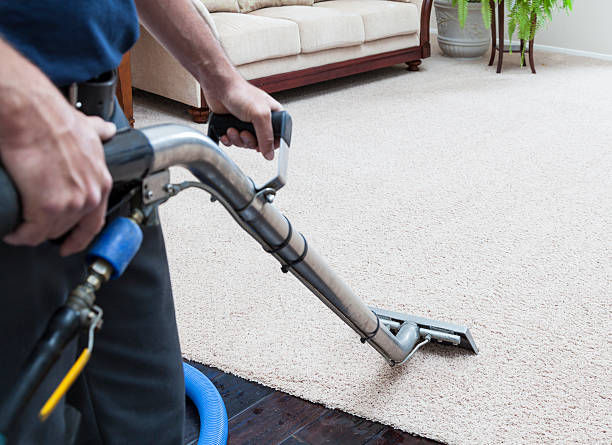Spots vs. Stains: What’s the Difference and Why It Matters
- James Kiely
- Jul 28
- 3 min read

To the untrained eye, spots and stains might look the same—but according to the IICRC S100 Standard and Reference Guide for Professional Cleaning of Textile Floor Coverings, they are fundamentally different. The IICRC (Institute of Inspection Cleaning and Restoration Certification) is the globally recognized authority that sets the standards for professional cleaning, restoration, and inspection. Their guidelines help professionals and homeowners understand how to properly care for and treat carpet and upholstery issues.
What’s the Difference?
Spots are surface-level discolorations caused by materials that have not permanently altered the carpet. Common examples include food residue, grease, tracked-in dirt, or organic matter. These are often water- or oil-based and have not chemically bonded with the fibers. With proper cleaning techniques, most spots can be safely and completely removed.
Stains, however, result from a substance that has chemically interacted with the carpet fiber—causing a lasting change in color. Rather than just sitting on the surface, the staining material has penetrated and permanently altered the color of the fiber itself. This often happens with items that contain strong dyes, acids, or minerals. While some stains may be lightened through advanced techniques, full restoration is not always possible without re-dyeing or replacing the affected area.
What About Bleach?
Bleach presents a different kind of challenge. As a caustic chemical, it doesn’t stain—it removes color entirely by destroying the pigment in the fiber. This results in pale, white, or pink spots that cannot be cleaned out because there’s nothing left to clean—color loss has already occurred. Unfortunately, there’s no way to reverse this damage through traditional cleaning. Repairing bleach damage often requires color restoration or patch replacement, known as bonded inserts.
Common Sources of Permanent Stains
Many everyday substances can lead to permanent stains due to their chemical makeup. These include:
· Tannin-rich drinks: Coffee, tea, red wine, grape juice, and cola.
· Artificially dyed beverages: Fruit punch, red Kool-Aid, cherry sodas, and sports drinks like red Gatorade—all containing synthetic dyes like Red 40.
· Heavily pigmented foods: Mustard, tomato sauce, soy sauce, curry dishes with turmeric, beet juice, and berries. Of these, turmeric is among the most difficult to treat. Commonly used in Indian cuisine and yellow rice, it contains curcumin, a natural yellow dye that can permanently discolor fibers if not immediately addressed.
The Truth About Pet Urine
Pet urine is often misunderstood. While fresh spots can often be removed successfully, some urine stains become permanent due to the pet's diet. Pet foods containing synthetic dyes, minerals, or acidic components often lead to chemical bonding with the carpet fibers. This is especially problematic on lighter carpets, where discoloration becomes more noticeable. Though odor and bacteria can often be neutralized, the visible stain may remain even after extensive treatment. However, that being said, at New Life Carpet Care, our famous 2-Step Pet Package has been able to reduce or remove most unwanted pet stains.
Beware of “Too Good to Be True” Promises
Some companies promise the world—guaranteeing total stain removal regardless of the cause. While that may sound appealing, these claims often come with hidden upsells, unrealistic expectations, or bait-and-switch tactics. The truth is, not all stains can be fully removed, especially when dyes, acids, or bleach have chemically altered the carpet fibers.
At New Life Carpet Care, we don’t make empty promises—we provide honest assessments grounded in IICRC standards. If it's a removable spot, we’ll take every step to eliminate it. If it’s a true stain or permanent damage, we’ll explain your options clearly and offer the best possible solutions without pressure or gimmicks. Our commitment is to integrity, transparency, and doing what’s right for you and your home.
Prevention Is the Best Approach
The most effective way to protect your carpet is through proactive care:
· Blot spills immediately—never rub or scrub.
· Avoid pet foods with artificial dyes and acidic ingredients.
· Ask us about applying a professional-grade carpet protectant after cleaning to help repel future stains and extend the life of your carpet.
· Vacuum frequently, focusing on edges and high-traffic areas.
· Schedule regular professional cleanings, ideally every 6 to 12 months.
At New Life Carpet Care, we don't just clean carpets—we educate, protect, and serve with integrity. Whether you're facing a fresh spot, a deep-set stain, or accidental bleach damage, you can trust us to provide professional care with honest expectations. Let us help you keep your carpets clean, beautiful, and long-lasting.




Comments